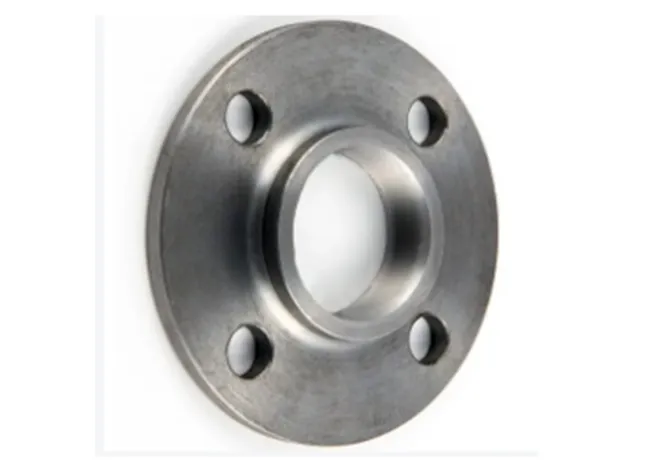-
Cangzhou Yulong Steel Co., Ltd.
-
Phone:
+86 13303177267 -
Email:
admin@ylsteelfittings.com
- English
- Arabic
- Italian
- Spanish
- Portuguese
- German
- kazakh
- Persian
- Greek
- French
- Russian
- Polish
- Thai
- Indonesian
- Vietnamese
- Zulu
- Korean
- Uzbek
- Hindi
- Serbian
- Malay
- Ukrainian
- Gujarati
- Haitian Creole
- hausa
- hawaiian
- Hebrew
- Miao
- Hungarian
- Icelandic
- igbo
- irish
- Japanese
- Javanese
- Kannada
- Khmer
- Rwandese
- Afrikaans
- Albanian
- Amharic
- Armenian
- Azerbaijani
- Basque
- Belarusian
- Bengali
- Bosnian
- Bulgarian
- Catalan
- Cebuano
- China
- China (Taiwan)
- Corsican
- Croatian
- Czech
- Danish
- Esperanto
- Estonian
- Finnish
- Frisian
- Galician
- Georgian
- Kurdish
- Kyrgyz
- Lao
- Latin
- Latvian
- Lithuanian
- Luxembourgish
- Macedonian
- Malgashi
- Malayalam
- Maltese
- Maori
- Marathi
- Mongolian
- Myanmar
- Nepali
- Norwegian
- Norwegian
- Occitan
- Pashto
- Dutch
- Punjabi
- Romanian
- Samoan
- Scottish Gaelic
- Sesotho
- Shona
- Sindhi
- Sinhala
- Slovak
- Slovenian
- Somali
- Sundanese
- Swahili
- Swedish
- Tagalog
- Tajik
- Tamil
- Tatar
- Telugu
- Turkish
- Turkmen
- Urdu
- Uighur
- Welsh
- Bantu
- Yiddish
- Yoruba

Nov . 08, 2024 09:26 Back to list
12-Inch 150 lb Flange Specifications and Applications in Industrial Settings
Understanding the 12 Inch 150 lb Flange A Comprehensive Overview
Flanges are essential components used in various industries to connect pipes, valves, pumps, and other equipment. Among the numerous types of flanges available, the 12 inch 150 lb flange is one of the most commonly used items in many applications. Understanding its specifications, applications, and advantages can help professionals make informed decisions when selecting the right flange for their needs.
What is a Flange?
A flange is a mechanical component that allows for the joining of two sections of pipe or fittings. It typically consists of a flat piece of metal with a raised rim or lip around its circumference. The surfaces of two flanges are bolted together using gaskets to create a tight seal, preventing leakage of fluids and gases. Flanges come in various sizes, pressure ratings, and materials, each tailored for specific applications.
Specifications of the 12 Inch 150 lb Flange
The designation 12 inch 150 lb references both the diameter and the pressure rating of the flange. Here, 12 inch indicates the nominal diameter of the flange, which measures 12 inches across. This size is crucial for fitting into the pipe system it is intended to connect.
The 150 lb part denotes the flange's pressure class, which indicates its ability to withstand internal pressure. Specifically, a 150 lb flange can generally handle pressures up to 285 PSI (pounds per square inch) at a maximum temperature of 100°F. However, the maximum pressure rating decreases as the temperature increases, necessitating careful consideration of operating conditions during selection.
Materials and Standards
12 inch 150 lb flanges are manufactured from various materials, including carbon steel, stainless steel, and alloys, allowing them to be suitable for a range of applications. The choice of material significantly influences the flange's performance, corrosion resistance, and durability against different fluids and environmental conditions.
The manufacturing of these flanges typically adheres to standards set forth by organizations such as the American Society of Mechanical Engineers (ASME) and the American National Standards Institute (ANSI), ensuring that flanges can meet industry requirements.
Applications of the 12 Inch 150 lb Flange
Given its reliability and versatility, the 12 inch 150 lb flange is widely used across diverse industries. Some common applications include
12 inch 150 lb flange

1. Water Treatment Plants Used for connecting pipes that transport potable water or wastewater, where a robust seal is critical to prevent leaks. 2. Oil and Gas Industry Employed in pipelines to transport crude oil, natural gas, and other hydrocarbons, where the integrity of the pipe connection is paramount.
3. Chemical Processing Utilized to connect piping systems carrying various chemicals under pressure, helping ensure safe handling and transfer.
4. HVAC Systems Applied in heating, ventilation, and air conditioning systems for efficient fluid transport, where flanged connections minimize the risk of leaks.
Advantages of the 12 Inch 150 lb Flange
The 12 inch 150 lb flange offers numerous benefits, making it a popular choice among engineers and project managers
- Ease of Installation Flanges simplify the assembly and disassembly of pipe systems. They allow for quick replacement or maintenance without needing to cut or disturb the piping.
- Versatile Compatibility The standardized dimensions of the 12 inch 150 lb flange make it compatible with other flanged components, enhancing system flexibility.
- Durability and Strength Manufacturers produce these flanges to endure high pressure and temperature conditions, ensuring long-term performance in demanding environments.
- Leak Prevention The use of gaskets and bolt connections maximizes sealing capability, significantly reducing the potential for leaks.
Conclusion
In summary, the 12 inch 150 lb flange represents a vital piece of engineering that facilitates the safe and efficient flow of liquids and gases in various industries. Its standardized size, pressure rating, and adaptability make it a go-to choice for professionals requiring reliable pipe connections. By understanding its specifications, applications, and advantages, those involved in piping systems can make informed decisions that enhance operational efficiency and safety. Whether in water treatment, oil and gas, chemical processing, or HVAC, the importance of this flange cannot be overstated.
Latest news
-
ANSI 150P SS304 SO FLANGE
NewsFeb.14,2025
-
ASTM A333GR6 STEEL PIPE
NewsJan.20,2025
-
ANSI B16.5 WELDING NECK FLANGE
NewsJan.15,2026
-
ANSI B16.5 SLIP-ON FLANGE
NewsApr.19,2024
-
SABS 1123 FLANGE
NewsJan.15,2025
-
DIN86044 PLATE FLANGE
NewsApr.19,2024
-
DIN2527 BLIND FLANGE
NewsApr.12,2024
-
JIS B2311 Butt-Welding Fittings LR/SR 45°/90° /180°Seamless/Weld
NewsApr.23,2024











